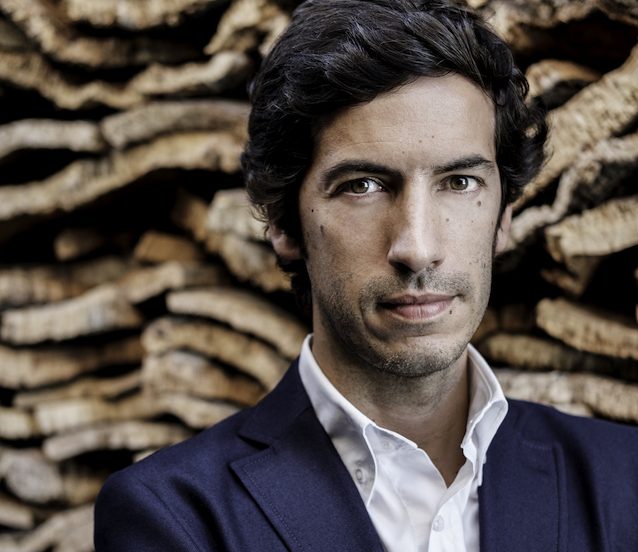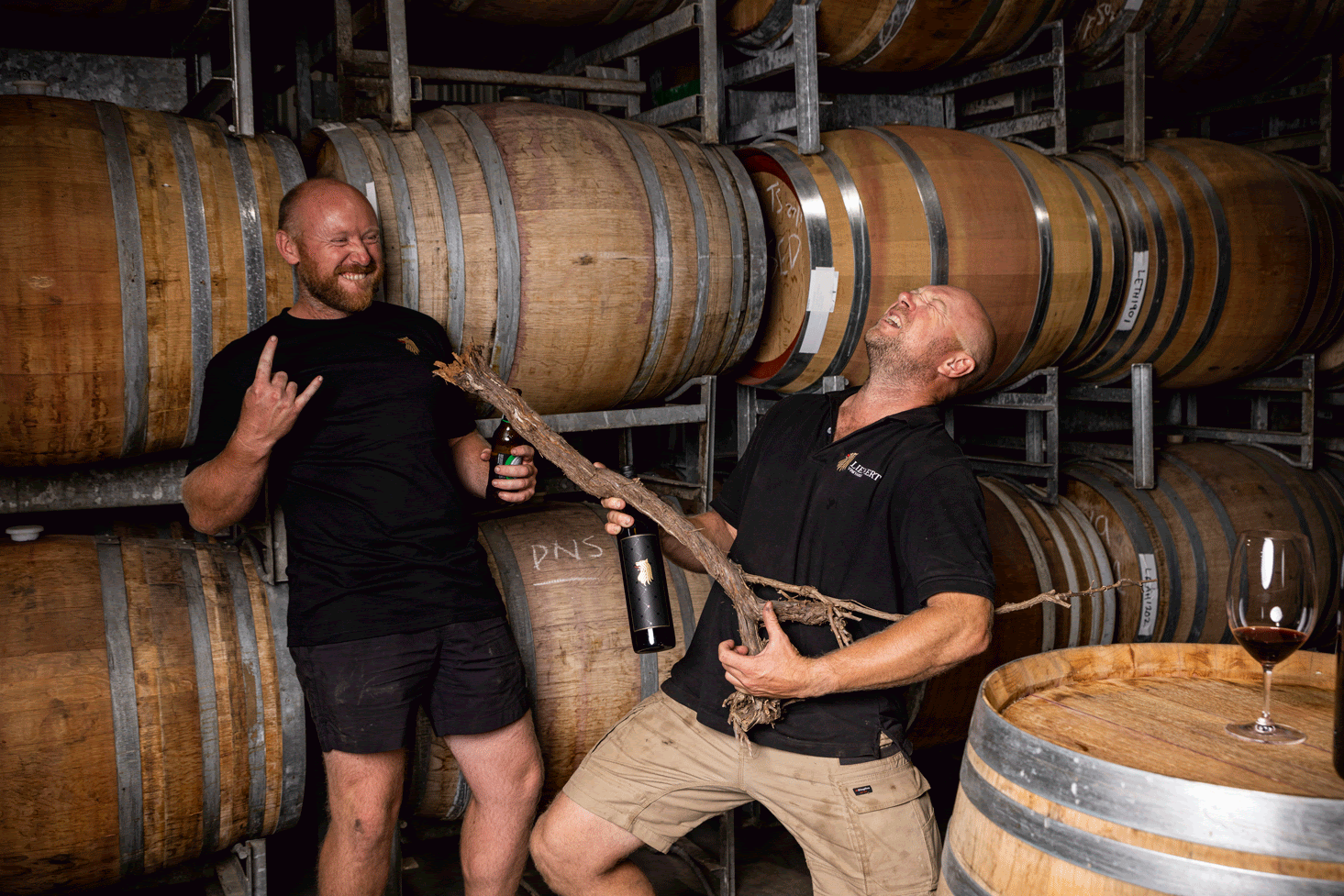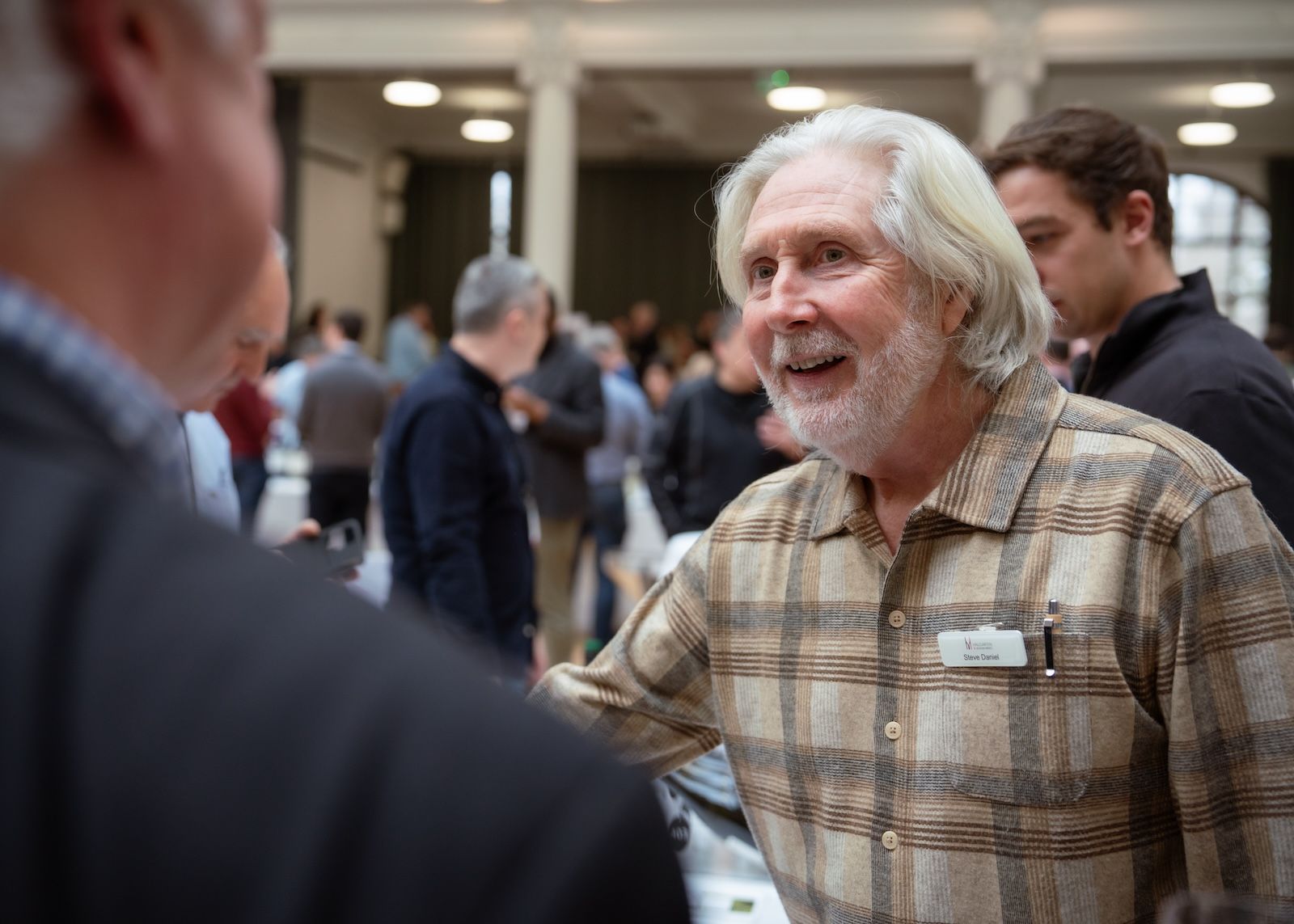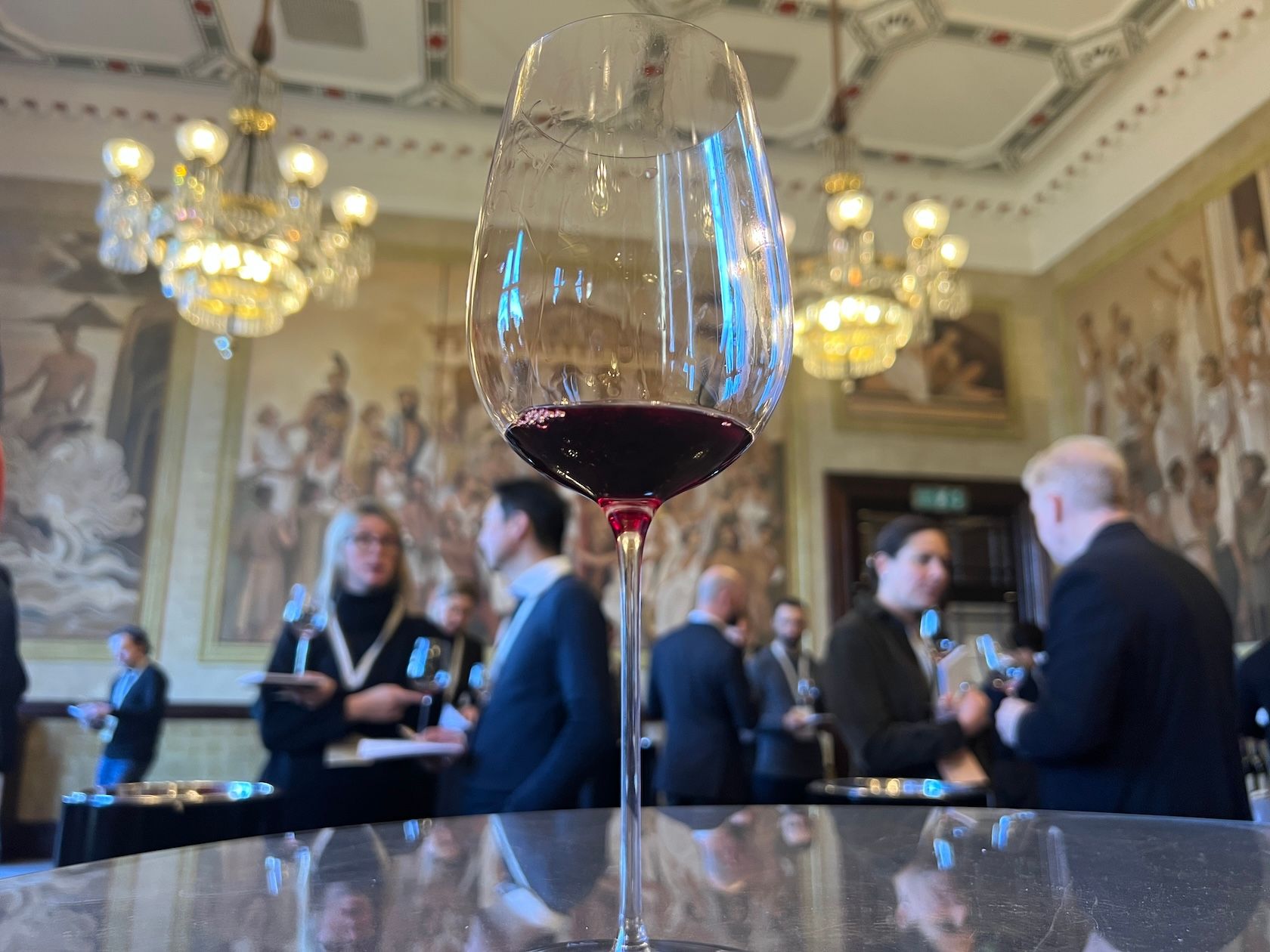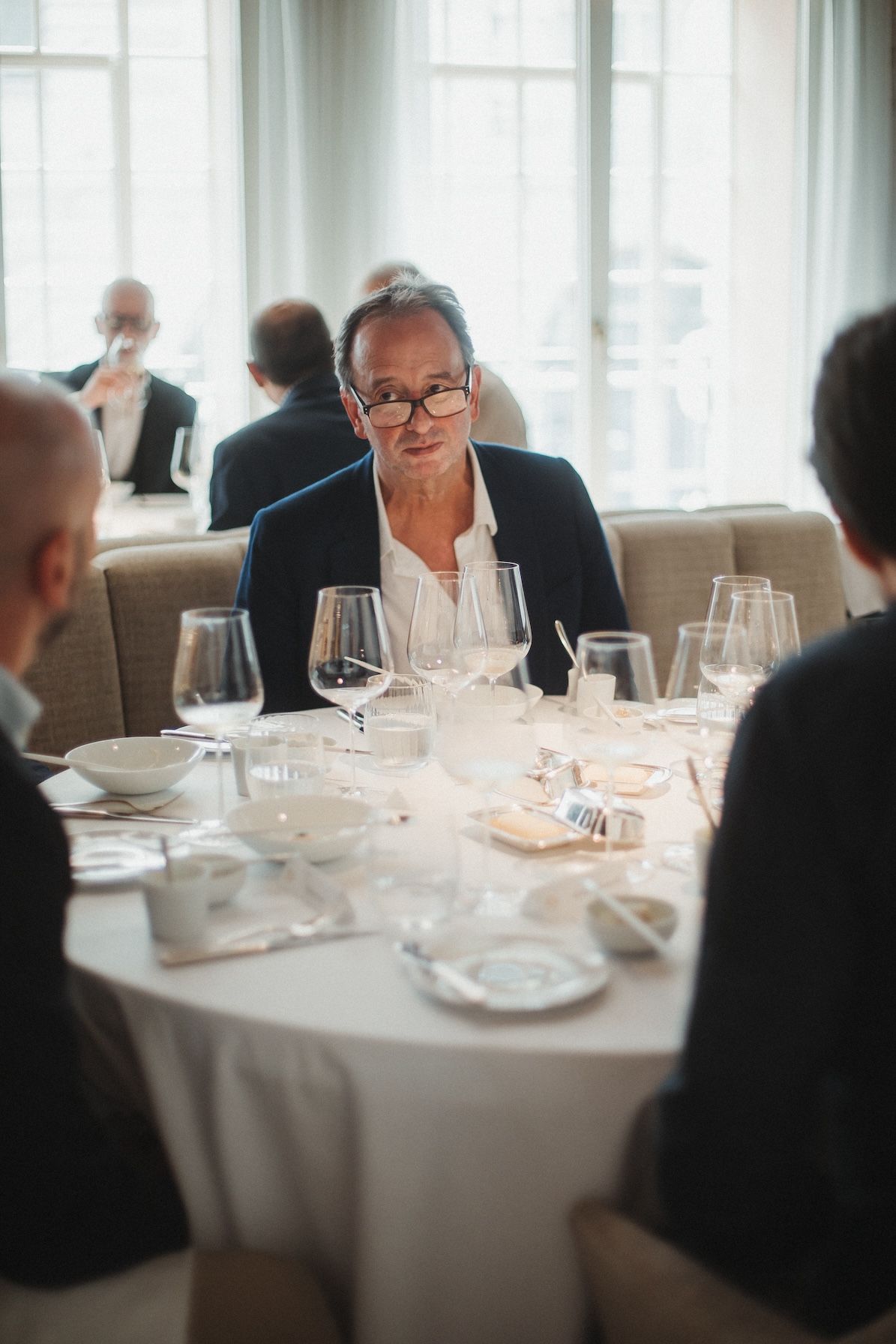The Buyer travelled to Cork Supply and Amorim, outside Porto, where we witnessed the increased vigilance of the cork production line, including one closure that comes with a taint-free guarantee.
At a recent vertical tasting in Borough Market of Australian dessert wines (some nearly 40 years old), the cry went up among the tasters that one of the bottles was corked. Our host, Darren De Bortoli, the winemaker’s boss, was unfazed. Doubtless he has seen this a good few times before in his long and award-laden career. A replacement bottle was immediately found and we resumed sipping the luscious, botrytised wines dating back to the ‘eighties.

Cork forest in Portugal
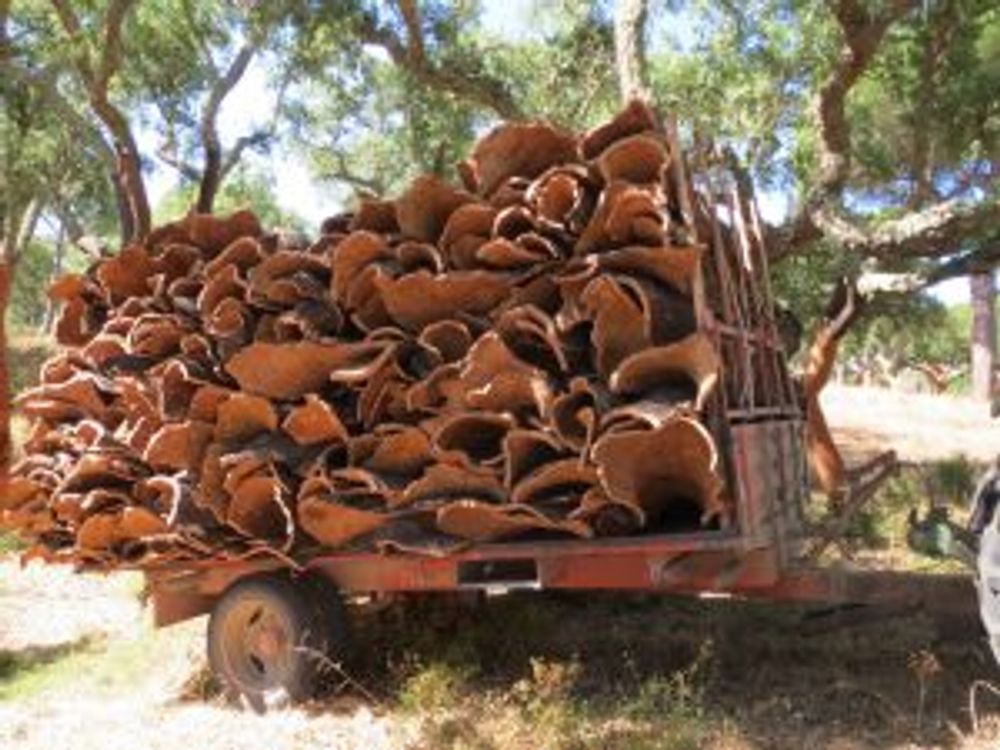
Full trailer of cork planks
Oddly, the incident only served to heighten the pleasure in savouring these iconic wines. It brought home that they were rare, that their survival over the years could not be taken for granted – and the fact that these wines are a product of a natural and somewhat unpredictable process. In other words that they were not simply an industrial commodity.
Arguably, the slow uncorking by a sommelier of a bottle of wine from a distant vintage is part of the mystique that contributes to a wine drinker’s satisfaction: a short ritual that precedes actual consumption.
How the cork industry brought a lot of problems onto themselves
Even so, cork taint is real enough. The on-trade, of course, finds itself in the front line. And it is a perennial problem for the wider global wine industry that now sells 18 billion bottles a year and wants to deliver consistently as it wins customers in lucrative new markets like China.
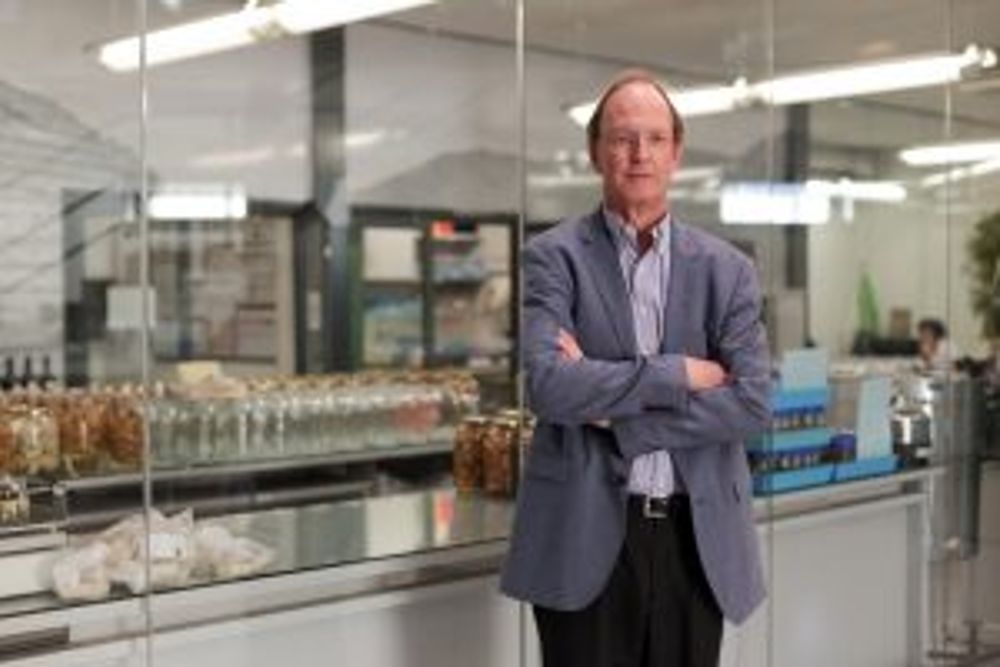
We didn’t deal with issues in a professional way – Cork Supply’s President Jochen Michalski.
On a visit to Portugal’s cork producers I saw how far the cork producers have come in addressing the criticisms made against them and their quest to establish high and more orthodox quality controls cork by cork.
To say that the cork industry suffered a near-death experience ten to 15 years ago as screw caps and synthetic stoppers grabbed market share would be an exaggeration. But there is no denying that the first years of this century were tough for the sector.
And there is a sense that the producers realise now that they had no one to blame but themselves.
It had been too easy for them to explain taint, something that after all has been around not just centuries but millennia, as just one of those traditional things that lend character to wine consumption. Consumers’ massively higher expectations make that simply an untenable excuse in the twenty-first century.
“We definitely had issues and we didn’t deal with them in a professional way”, says Cork Supply’s President Jochen Michalski.
Cork Supply’s gleaming factory outside Porto is impressive, with a motivated, well-drilled workforce and a shop floor bristling with high tech machines.
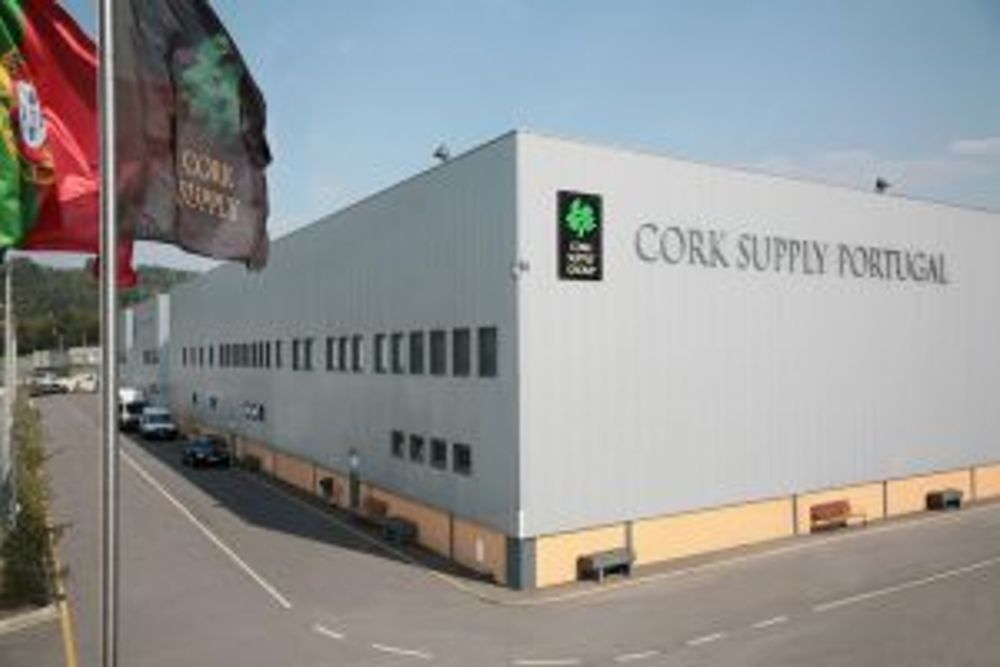
An age away from the tired old cork handling facilities with low-skilled workers doing repetitive tasks, it could be a subsidiary of Toyota, the Japanese carmaker legendary for its obsession with quality and continuous improvement.
At the beginning of its journey, cork is still harvested in a way that would be recognisable from medieval times.
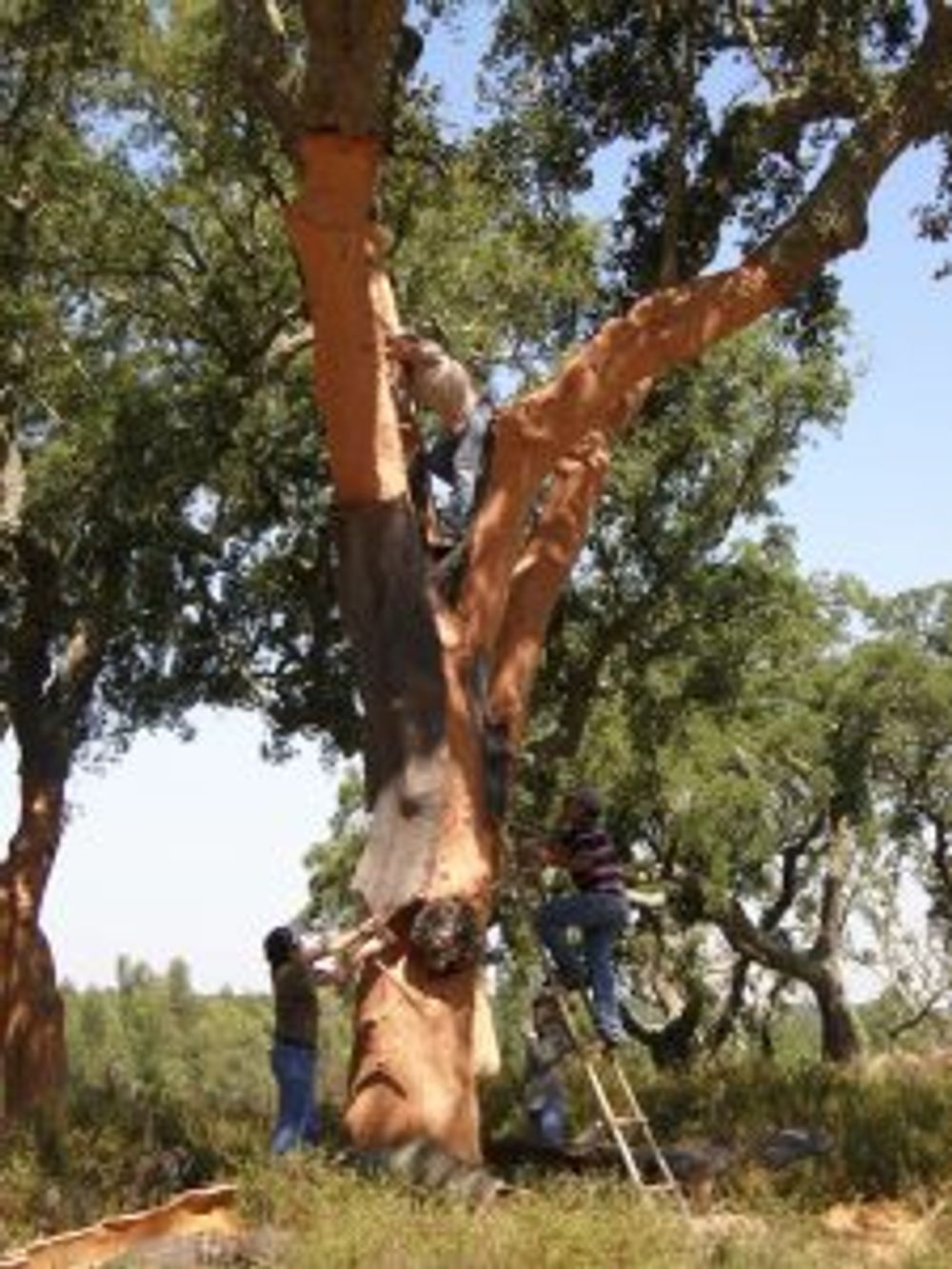
Harvesting cork is still done by hand
Workers with simple tools prise off the bark from an individual tree every nine years and allow the cork to grow back – a process which continues for nearly two hundred years for each tree. But thereafter a new diligence has been injected into the manufacturing process. The mould-harbouring bottom 15 cm of the bark closest to the ground is now discarded, metal pallets have replaced wooden ones and so on.
The aim is to discourage the growth of the fungal agent which causes taint. Called TCA, this was only isolated about forty years ago. Interestingly, the odour is not directly perceived by wine drinkers but arises from the suppression of other olfactory responders. Still, TCA is no respecter of persons or vintages: it can wreck a £500 bottle of wine even in concentrations as low as one or two parts a trillion.
Small wonder that industrial products like screw caps started to erode cork’s monopoly around the turn of the century. New world winemakers, inflamed by suspicions that they were being fobbed off with inferior quality corks, seized on the newer technologies. Britain with little winemaking tradition of its own and open to imports from around the world sold at knock-down prices by supermarkets quickly began to adopt screw caps enthusiastically.
So what exactly is being done to eradicate TCA?

Almost got TCA licked – Professor Miguel Cabral, head of R&D at Amorim
Professor Miguel Cabral, head of R&D at Amorim, one of the industry’s largest players, believes that they have almost got TCA licked. A barrage of technical tests is now employed. Chief among them is gas chromatography which can analyse the chemical composition of materials and reveal even a minute presence of TCA.
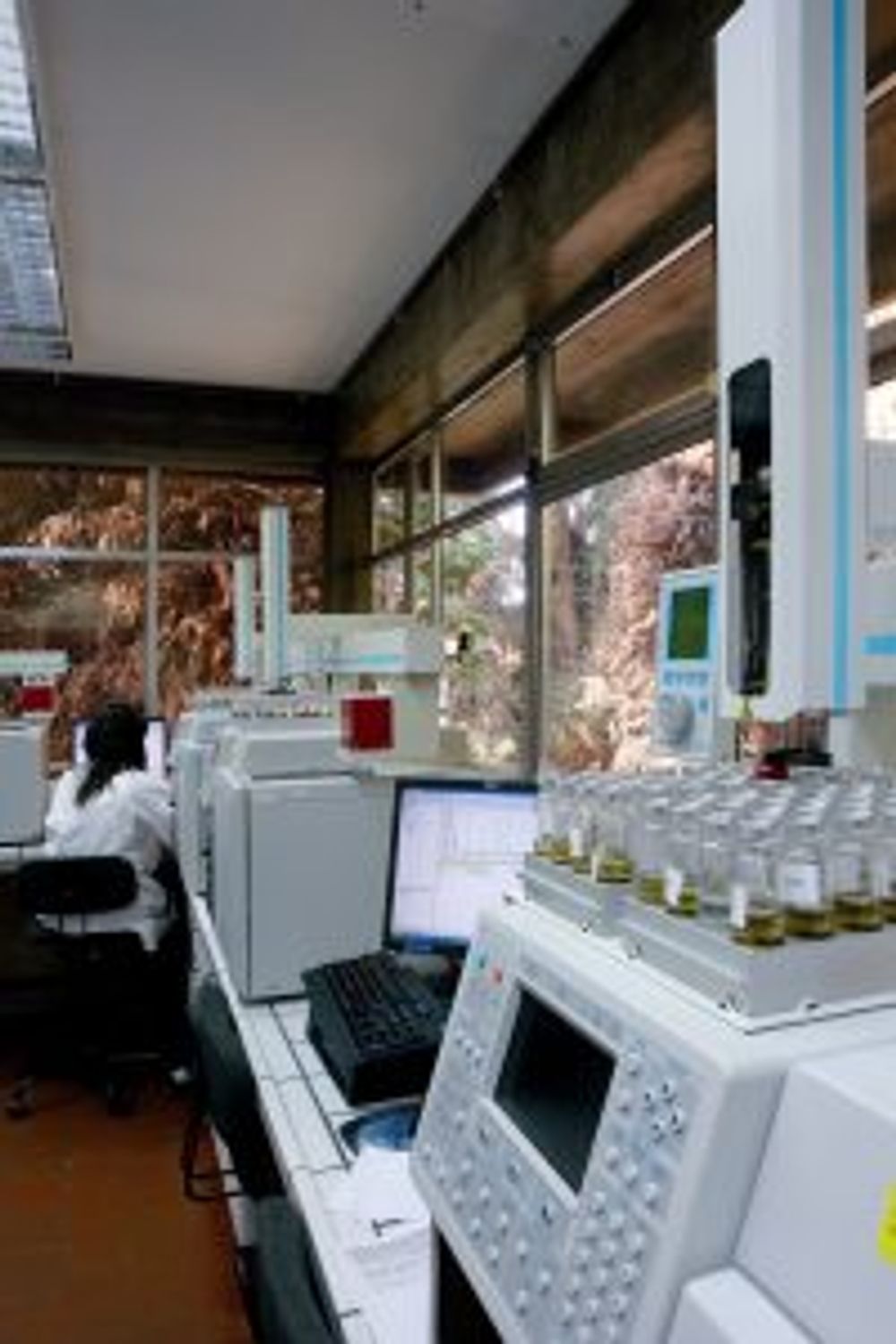
Gas chromatograph machines at Amorim
As a consequence, rows of gas chromatographs are being systematically installed in cork-making factories. Other weapons in the cork makers’ armoury are lasers aided by algorithms which are more adept than the human eye in spotting critical defects.
Enormous progress has been made at weeding out bad batches. And the fight has now been taken down to the level of the individual corks.
Already, many corks are subjected to individual scrutiny. And some firms now offer a guarantee that an individual cork is totally taint-free.

Corks being prepared for sensory analysis
The top-of-range products from Cork Supply, for example, which are individually sniffed by special experts, now come with a warranty whereby the firm will refund the value of the oenological contents should an individual cork pass on taint. “We are very close to perfection now”, declares its President.
One drawback, though, is the cost, around €2.5 a piece, meaning only wine retailing at upwards of €100 a bottles is likely to have such a closure for the moment at least.
It will of course be years before there is irrefutable evidence that TCA has been eliminated: for the next few decades the oldest vintages will still rely on corks manufactured before the big push on quality.
So how far can the cork industry complete its reconquest of the closures market?
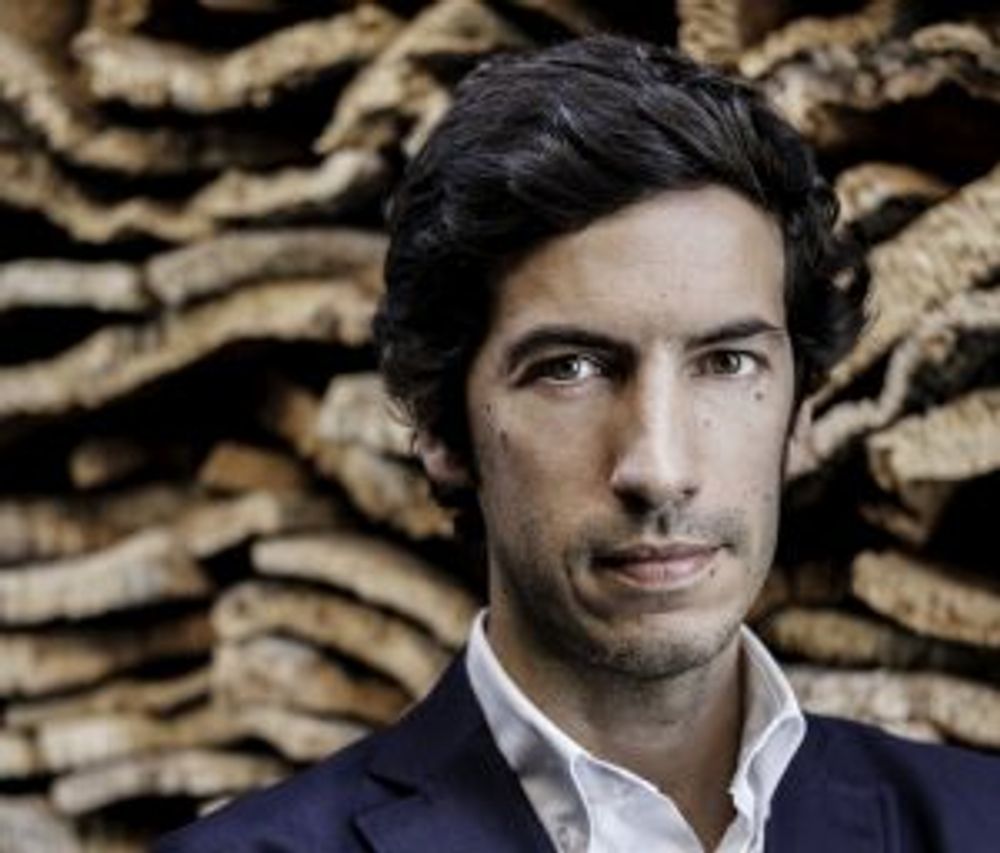
The influence of the Chinese market cannot be underestimated – Portuguese Cork Association’s President, João Rui Ferreira
Things are certainly looking brighter for the sector which now provides about 12 billion of the 18 billion stoppers required for wine each year: it is not likely to eat too much into screw caps’ existing market but is confident that it, rather than screw caps, is taking the lion’s share of the growth in wine sales globally.
The clincher may be that the lucrative and expanding Chinese market, where so much of the excitement now is, favours cork. The Chinese tend to follow French practice when it comes to fine wines.
According to the Portuguese Cork Association’s President, João Rui Ferreira, of the top one hundred wines in China, 95% use cork closures. And, significantly, eight out of the nine of Australian wines on that list use cork – far more than typical in Australia’s domestic wine market.
Thus it is just conceivable that we might see Chinese demand for cork stoppers starting to shape preferences for domestic markets in the likes of screw cap-friendly countries such as Australia and the UK

The UK on-trade is instrumental in the flight to quality over quantity – Carlos de Jesus, director of marketing and communications at Amorim
The UK on-trade may also have a part. Carlos de Jesus, director of marketing and communications at Amorim, argues that generally there is a flight to quality.
“But the on-trade in the UK reflects how quality is beginning to take precedence over quantity. People are drinking less but better and the on-trade is a shining example of that”.
There is a huge difference in the consumers’ mind between their “acceptance” of screw caps and “preference” for cork, de Jesus insists.
